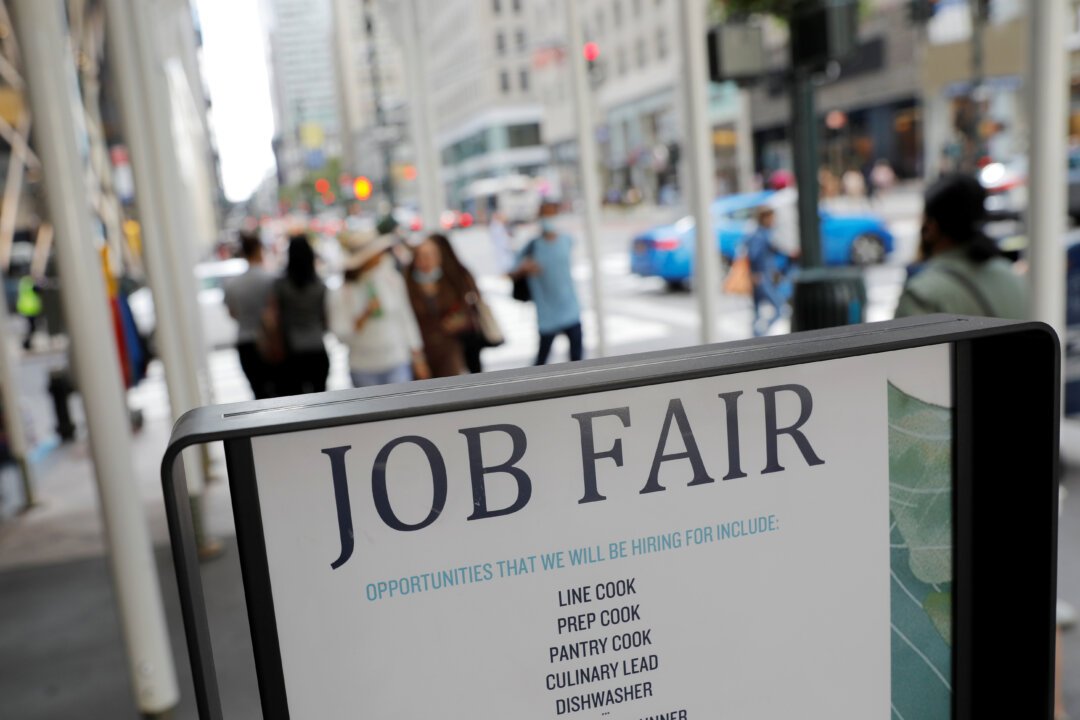
The S&P 500 recently hit a milestone, surpassing 6,000 for the first time since February. This surge was fueled by the Labor Department’s announcement of 139,000 new payroll jobs in May. However, a closer examination reveals a more nuanced picture.
The initial celebratory mood is tempered by significant revisions to previous months’ job numbers. March and April’s payroll figures were revised downwards by a combined 95,000 jobs. This brings the revised March total to 120,000 (down from 185,000) and April’s to 147,000 (down from 177,000). Adding to this complexity, the number of federal employees decreased by a considerable 22,000 in May alone, and a total of 59,000 since January, attributed to government spending cuts.
This discrepancy raises questions about the reliability of the official data. A contrasting perspective emerges from ADP, a private payroll data firm. ADP’s report, released last Wednesday, paints a much more subdued picture, indicating only 37,000 new private sector jobs were created in May – the slowest job growth in over two years, since March 2023.
The significant differences between the government’s and ADP’s data highlight a long-standing issue with the Labor Department’s reporting. The question remains: is the Federal Reserve basing its crucial economic decisions on a complete and accurate understanding of the current employment situation?

